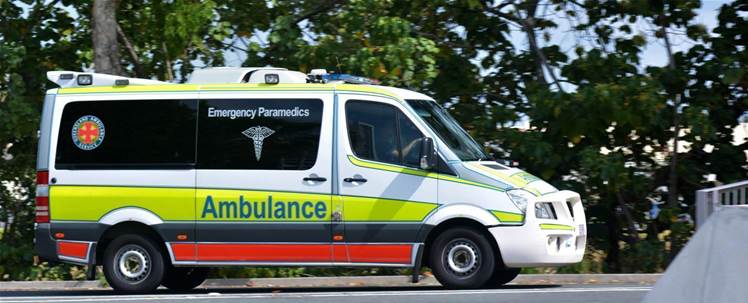Queensland’s Ambulance Service hopes to end its reliance on SMS and radio as the primary means of receiving call out information across the state.

The agency is planning to introduce mobile data terminals in frontline ambulances to improve how it responds to the more than one million requests for assistance received each year.
Paramedics and emergency medical dispatchers outside of South East Queensland currently communicate by voice communication “either over radio or through mobile networks”.
“When a new case is assigned to a crew, a single text via mobile phone is sent initially (with address and case coding only) from CAD to crew mobiles, all other case information is relayed verbally,” the agency said.
The new terminals would integrate with the agency’s Inform computer aided dispatch (CAD) system using a “secure, two way interface” that allows information to be captured and viewed simultaneously.
This will allow ambulance crews to view real-time incident information, directions and be alerted to any updates for assigned cases, while the CAD system will similarly receive updates about an ambulance’s location and status.
“The primary tactical objectives is to reduce the reliance on manual voice communications by electronically providing real-time information about when our vehicles are, what they are doing and what skills and equipment they have available on board,” QAS said.
“Having access to this information, in a real-time environment will improve our response effectiveness and efficiency throughout the state and facilitate higher quality decision in response to high priority incidents.”
Terminal will similarly need to interface with other relevant systems from across the state's eight operations centres to allow dispatchers to “access to response and dispatch information in real-time.
QAS is now appealing to bidders to better understand how it might deploy the terminal into its existing fleet of more than 1300 ambulances, and any others it might add in the future.
It is looking for a fully managed service that operates over a range of secure communication networks, as well as the necessary support, maintenance and training for the rollout.
The terminals will complement the organisation-wide deployment of iPads for paramedics to access applications and be immediately alerted to urgent messages on the go.


.png&h=140&w=231&c=1&s=0)






_(26).jpg&w=100&c=1&s=0)

 iTnews Executive Retreat - Security Leaders Edition
iTnews Executive Retreat - Security Leaders Edition









_(1).jpg&h=140&w=231&c=1&s=0)



